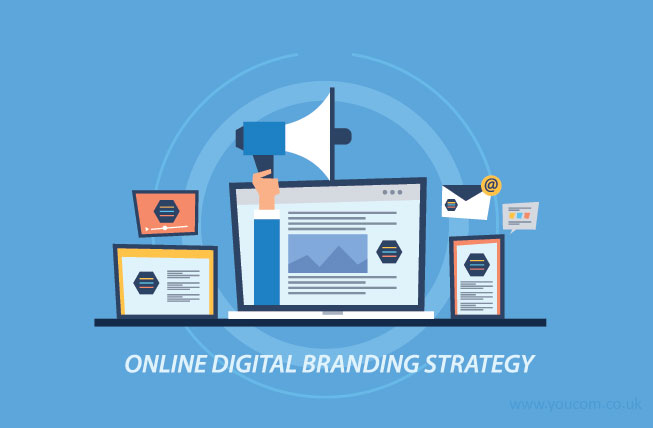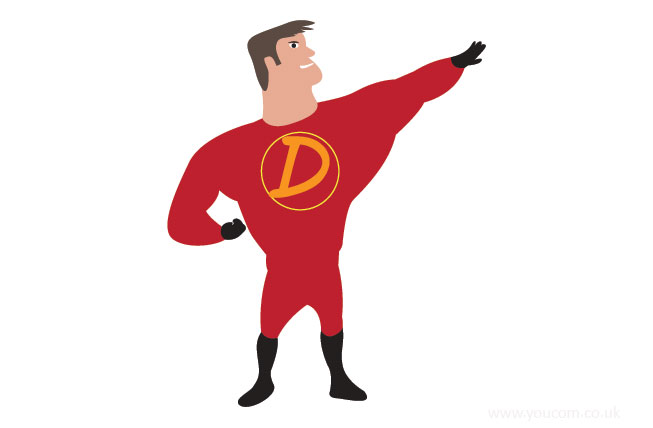
Our client’s advertising has shown that return on investment has a direct correlation to a product’s market share.
So, a product with a larger market share will deliver better ROI than a product with a smaller market share.
There are exceptions when a small brand can generate higher ROI than those with greater brand presence, but it is not the average. The stronger the brand, the better it performs.
This of course means brands who have reached the top and are the market leader, will need to become very aggressive, very quickly if they see a competitor eroding that market share.
One strategy to eliminate the competition is loss-leading. A large brand will have several key product brands underneath it and the deep pockets that higher advertising ROI brings.
This allows the brand to run one of its lines as a loss leader, under-cutting the new competitor to price it out of the market. Once the competition has been eliminated, it can then raise its price again to a profitable level.
Brand Marketing managers need to give thought to ‘analysis of competitor response’. A good example is the brand Filofax. It dominated the market for years and the short-term retaliatory plans it probably once had, became forgotten. Consequently, when other products suddenly appeared, they lost rapid share.
Brand marketing needs to communicate a brand’s core values. BMW drivers aren’t buying a car, they are buying ‘the ultimate driving machine’.
Mars eaters are not buying a confectionary snack, they are buying something to energise for work. Rest and play’.
The IT manager buying an IBM data system is not buying a tool to store the company’s servers, he is buying the added-values of size, reputation, recognition, awareness, reliability and support.
Many companies offer cut-price unknown equivalents. Supermarkets now offer their ‘basics’ range of similar products at lower prices. Yet consumers still go for the brands.
That is the result of the brand marketing manager’s strategy and long-term vision.
Consumers also recognise something they need from the company’s brand marketing. A man does not buy a box of unbranded basics chocolate for a woman to satisfy her hunger. He buys a brand that communicates something about him to her.
Often, he hopes she will remember something about the advertising of the brand and associate it with him (one reason why a woman will receive a box of Milk Tray on a first date than a pack of Kinder).
Perhaps there is also the brand perception of value leading to her playfully telling him off for spending too much on it.
Or perhaps it’s known to be sold in only a few retailers meaning praise is given for making such an effort towards their relationship.
There are many brands which have failed to make a profit or win shelf space. These are a result of the brand marketing manager failing to integrate all elements of the marketing mix.
“The brand marketing manager needs to use multi-channel marketing strategy to ensure the target audience receives the message that communicates the added-values unique to that product.”
But the purpose of brand marketing is to gain and maintain a loyal customer base in the most cost-effective way that delivers the highest ROI. That will lead to longevity and longevity leads to power.
Power of course is not just the preserve of consumer products and therefore neither is brand marketing. People can be marketed and develop a brand. Celebrities or politicians, business leaders or athletes, they all can become their own brand.
Rap artist Jay-Z famously said he is not a businessman, he is a business, man. When a person develops their own brand to such an extent that they are representing known attributes just by their appearance or name, they become a business in themselves, just like the consumer brand that becomes a market leader.
Successful brand marketing communicates to satisfy the consumers emotional and rational needs. A consumer may evaluate several brands of whisky in a supermarket on a rational basis looking at pricing, whether it’s a blend or a malt, the age of the whisky etc.
But they will also be measuring emotional needs such as social acceptance, the prestige of the brand, the opinions of friends towards a brand, how the advertising made them feel when they saw a brand in a media channel, etc.
The successful brand marketing manager will research and understand the extent their brand satisfies those two needs and develop a marketing approach around them.
The right agency then amplifies that approach.
Follow the YouCom Media news posts to see the next developments.
Glossary:
ROI – Return on Investment
Required reference:
YouCom Media News, Mar 2018, London, ‘Brand Marketing.’
















